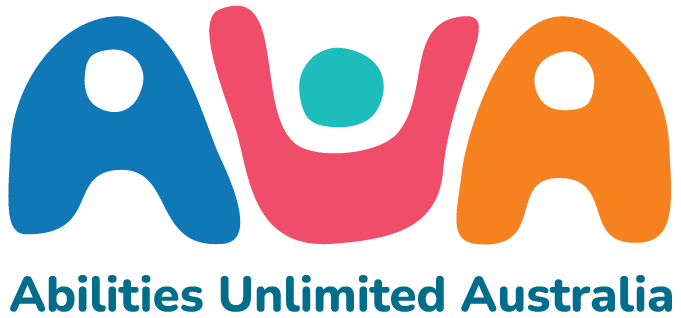Two Steps Forward and Seventeen Steps Back
Hi! I’m Kimberly Ingram, the very proud mum to a creative, artistic, noodle loving, cycling and skateboarding enthusiast 12 yo with a fair bit of challenges. He was part of the Cycleabilities pilot program when it first started. I’ll be writing a monthly blog with the aim of it being ready by the first Sunday of the month.
Heaving carefully labeled and organized fileboxes down from the shed shelves, I had to ask for help to get them into the house. I opened the one with my son’s 3 year old drawings, scribbles and pictures of his chat book from early intervention (pre-NDIS). Thumbing through the files, I had to chuckle with amusement. I had squirreled away what may look to the not-my-eye as memories and first Mother's day art to be cooed over, but the assortment of papers collected serve as evidence. Honest, impossible to argue with evidence, demonstrating what my kid could do, year by year. I had anticipated and prepared for the day when my beloved child looked at me with big eyes, asking simply, “Why am I so behind at school? Why can’t I learn like everyone else?” Why indeed.
If I were to go into how learning is acquired it would be a book, not a blog. Personally, for in-the-moment, day to day parenting I like to keep simple ideas at the ready. Greatly distilling the eminent Carole Dweck’s illustrious work initially found in the book Mindset, our family has embraced her definition of a learner. People are either learners or non-learners. Learners learn. Non-learners do not learn. You are neither weak or strong, neither smart or stupid. You learn or you don’t. This applies to all things big and small, for example, table manners, how to find joy, social skills, how to respect diversity, addition, how to walk a dog, communication, how to brush teeth and learning from mistakes. All the things that enable a person to function in the world to the best of their capability and capacity. We introduced the Learner concept by means of a social story that his speech therapist and I wrote and I later updated. We laminated the Australia driving learning sign and would start therapy, home and school lessons by putting the L on the table and saying “It’s time to learn”. We would purposely say in his earshot things akin to so and so learns this way, and I learn this way, and other statements designed to illustrate that how and what people learn differs on an individual basis. Our dinner table talk would often center around what we had learned that day. In our family values, learning was a superpower. Forget about jumping over buildings in a single leap-learning how to be earnestly grateful was what we cheered for.
Another big picture aspect to how the neuroatypical child learns is regression. Some adults experiencing extraordinary distress or pain may revert to childlike behavior as a way to cope with anxiety or fear. For children it may be a loss of skills, acting in a younger way, or needing more attention. Beginning with the basic tenet that neuroatypical kids find the popularly accepted manner of being in the world difficult to manage, development can bring with it a good sized portion of anxiety and fear. Early on, my fear as a parent experiencing my child’s regression was would he ever get to that developmental level again? And heart gripping sadness that all of his very real and hard work was seemingly out the window as he struggled. A not so helpful, chirpy Mum chimed in “ Well you know, two steps forward, ten steps back!” upon overhearing my conversation with a friend. Her comment led me to think uncharitably “I would love two steps forward, ten steps back! If only!” Then, and now, I remind myself that no one’s progression is ever a straight line. However jagged the trajectory, it usually is in a positive direction. When the direction veers towards the negative, we have course corrected as a family until his development is back on track.
For people with a sociocognitive deficit, learning how is essential to the acquisition of any skill. When learning, I keep the following steps in mind: introduce a skill, learn steps to skill, show how to do each step, practice, skill acquired. The practice step can take a while. Depending on the day our parenting is sometimes a high five, sometimes a cheer, sometimes a “Good learning! Please (insert task that needs reminding here).” It all depends; then onto the next skill.
When my child looked at me with those big eyes the moment I had been preparing for had come. I retrieved the evidence and lined it up, the concrete proof of bettering skill from his 3 to 10 years. We looked carefully at each year with me pointing out details and him remembering the lesson. I then gently and calmly stated; “You have learned, are learning and will learn however and whatever works best for you. I can’t wait to see what’s next!” The big eyes crinkled as he smiled, then he ran off to not do (insert task that needs reminding here). I realized then that I also needed the evidence to show me what huge learning my child had accomplished. A couple of months away from his 13th birthday, I am drinking herbal tea, actively meditating and stocking up on relaxing bath salts to help effectively parent the increasing jaggediness of his development. I say let the evidence continue.
